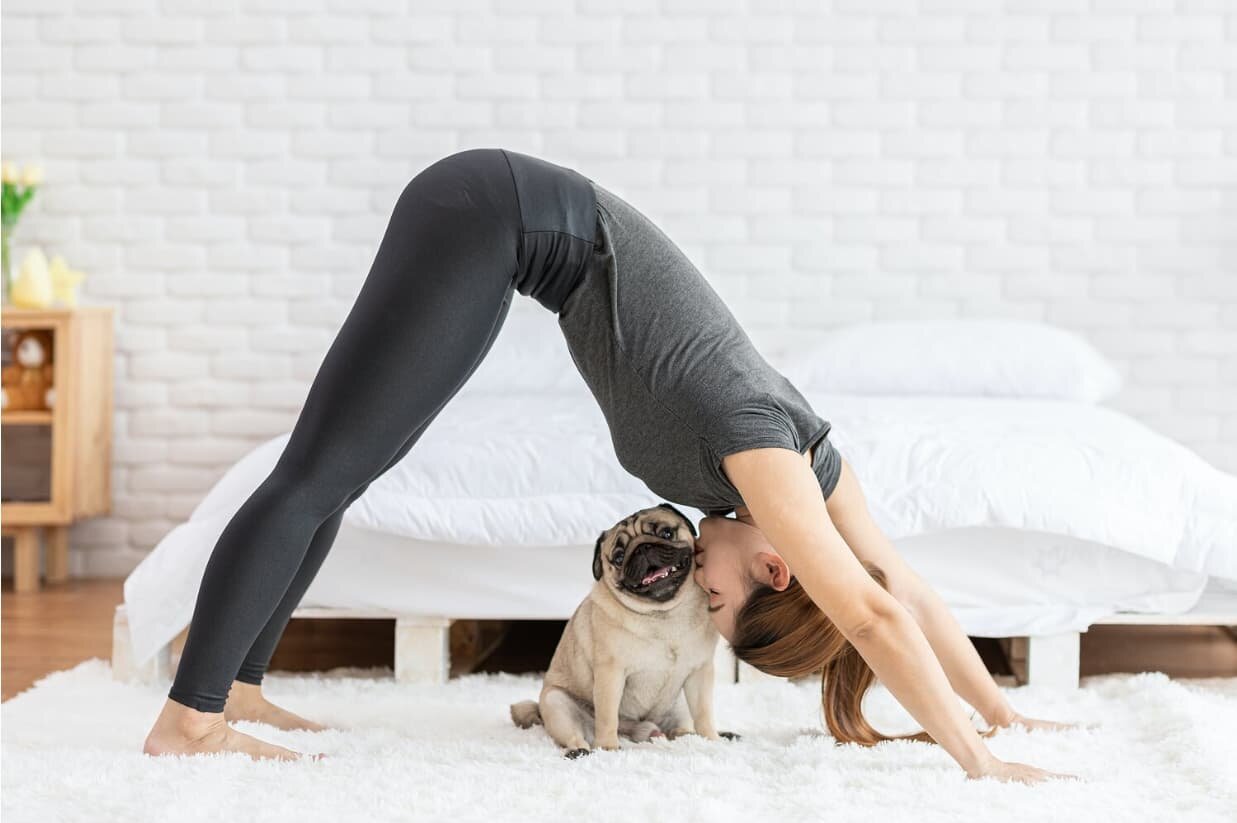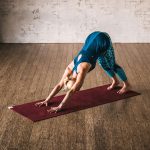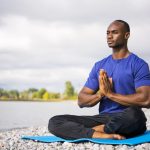Yoga is an ancient practice that connects the mind, body and spirit through physical postures, breathing techniques and meditation. Its benefits are far reaching – improving flexibility, building strength, reducing stress and enhancing overall wellbeing. While guidance from a teacher is extremely valuable, especially when starting out, it is absolutely possible to begin exploring yoga on your own at home with the right preparation and approach.
Invest in Basic Yoga Essentials
Having a few key pieces of equipment will set you up for success when practicing yoga at home:
- Yoga mat – A high quality, non-slip mat provides cushioning, grip and a defined personal space for your practice. Opt for thicker mats if you need more knee support.
- Yoga blocks – Foam blocks allow you to modify poses by providing stable support. They help improve alignment and deepen stretches safely.
- Straps or belts – Straps aid in reaching difficult poses by providing an extension for your arms or legs. They help avoid overstraining.
- Comfortable clothes – Loose, breathable clothing allows free range of motion. Opt for moisture wicking fabrics if you sweat a lot.

Start with Beginner YouTube or Online Videos
Mastering the foundations sets you up for a safe home practice. As a yoga beginner, start by following along with free online yoga videos designed for novices. This allows you to learn proper form and alignment on foundational poses before your own exercise. Focus on mastering basics like downward dog, forward fold, warrior poses, tree pose and child’s pose through repeat practice.
Maintain Proper Yoga Pose Alignment
Without in-person adjustments from a teacher, be extra mindful of alignment in your poses. Here are some top tips:
Engage core muscles to support the spine and avoid collapsing into poses.
Distribute weight evenly through your whole foot, not just the toes or heels.
In standing poses, align knees over ankles and avoid letting them cave inward.
In seated poses, sit on bones to avoid slouching and engage leg muscles.
Draw shoulders down and back to keep chest open.
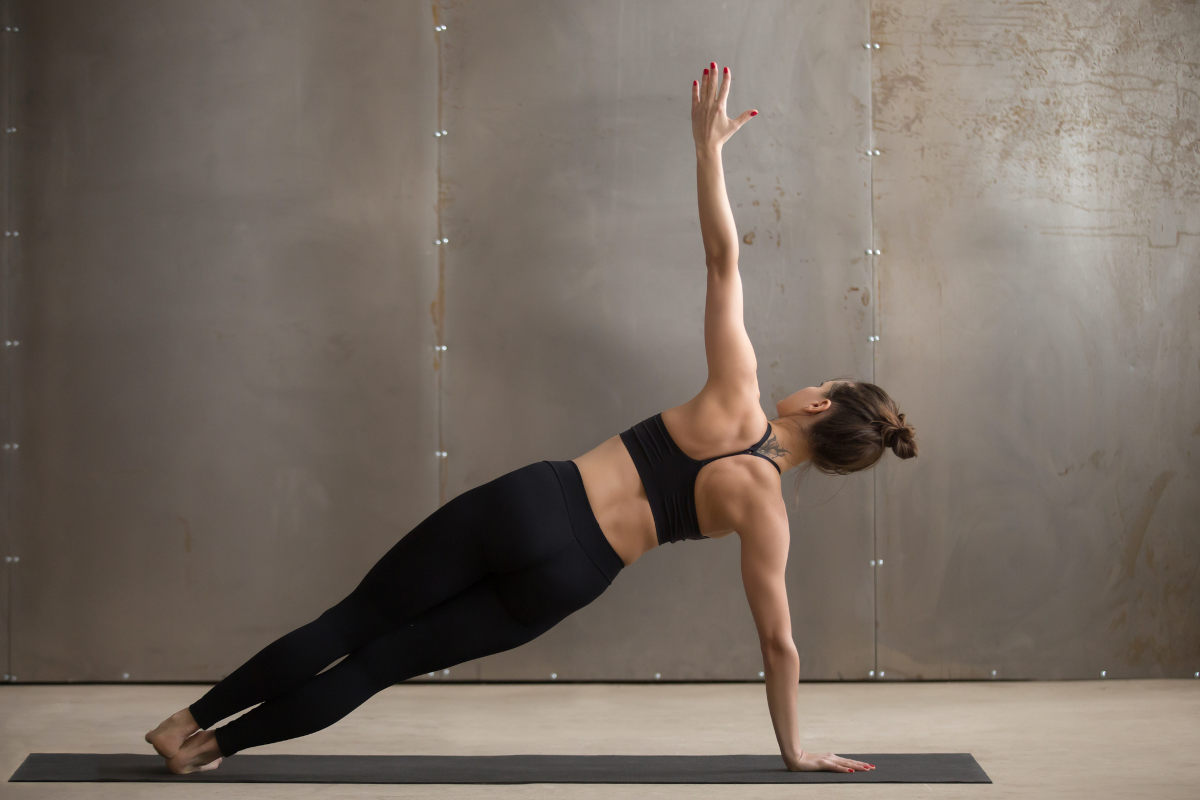
Customize Your Own Yoga Flows
Once you have a solid base familiarity with poses, start combining them into your own flowing sequences or routines. Move through 3-5 foundational poses focusing on strength, balance and flexibility. Flow smoothly between them linking breath with movement. Finish by holding a restorative stretch and final relaxation.
Listen To Your Body
Respect your body’s limits and avoid overexertion as you learn. Ease up or come out of any pose not feeling right. Use props to make adjustments as needed. Don’t force progress, be patient with yourself as skills develop. A discomfort and pain-free practice ensures longevity and prevent injury.
Explore Various Yoga Styles
Once you’ve built a regular practice, start expanding your knowledge by exploring some of the many different yoga styles out there. Each has a slightly different focus:
Hatha – Slow, gentle practice focused on breathwork and meditative aspects. It may need you to hold poses longer.
Vinyasa – Faster paced, dynamic flow linking breath and movement.
Yin Yoga – Targets deeper connective tissues and joints by holding seated, reclined poses for several minutes. It is very passive and meditative.
Restorative – Supports body with props to facilitate deep relaxation and healing, which needs extended holds.
Power Yoga – Vigorous sequences to increase strength and build heat.
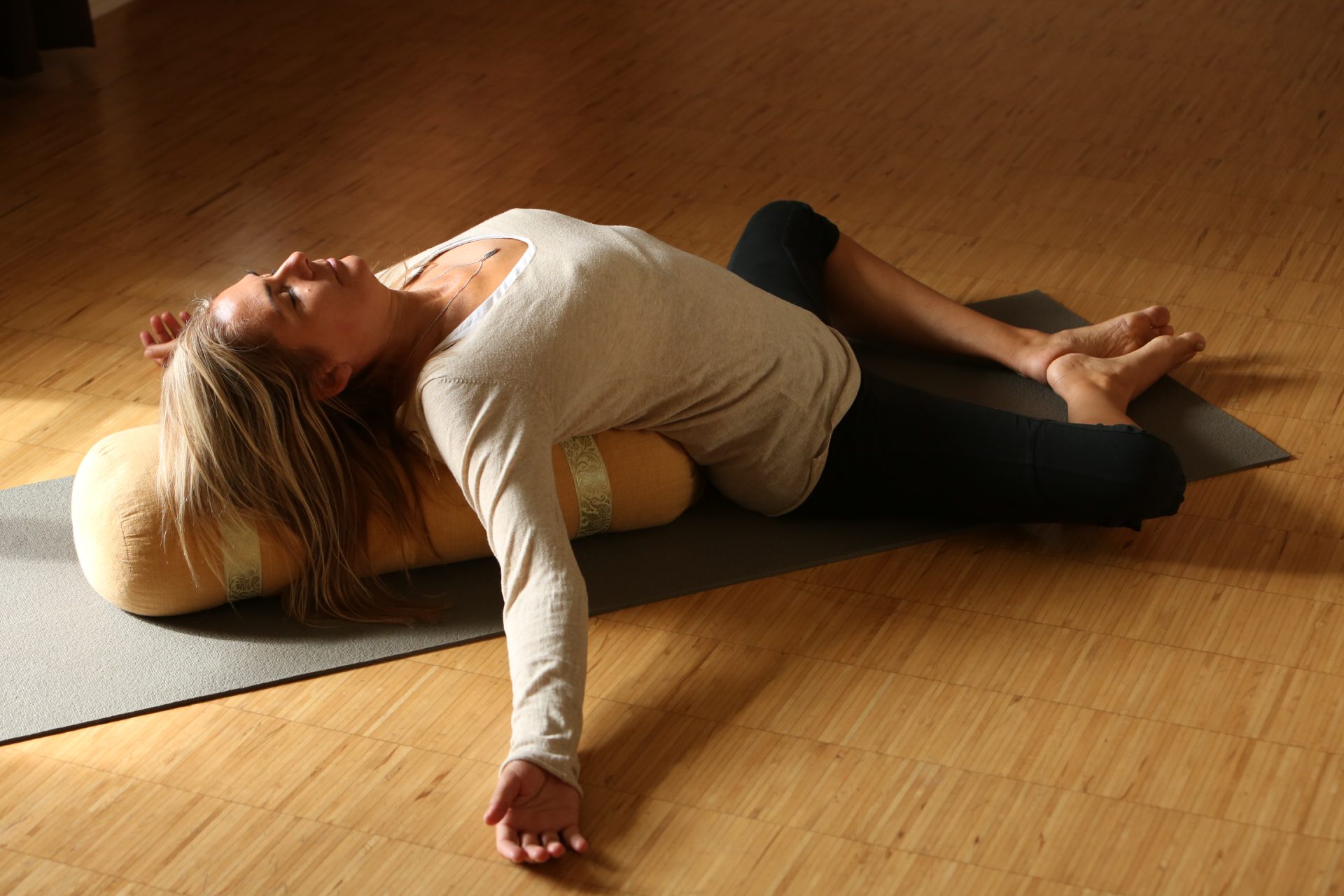
Find Online Yoga Instructors
While virtual classes should not completely replace one-on-one instruction, supplementing your practice with online yoga teachers can provide extra guidance on proper technique and give you new sequences to try.
Many individual instructors offer virtual classes through membership sites, apps or YouTube.
Online yoga studios like Peloton offer a huge library of diverse, tailored yoga classes you can do anytime.
Free online yoga video libraries allow you to customize sessions based on style, ability level, duration, focus, etc.
Record Your Yoga Practice
Journal your yoga practice to make note of milestones, challenges, breakthroughs and questions. Track what poses and flows you did each session along with any relevant observations about how you feel before and after practicing. Look back periodically to see progress over time.
Conclusion
Practicing yoga independently at home is very doable for beginners by following online instruction and listening to your body. Invest in the basics, start slow and focus on safe alignment. Soon you’ll be enjoying an effective therapeutic yoga practice tailored just for you!
